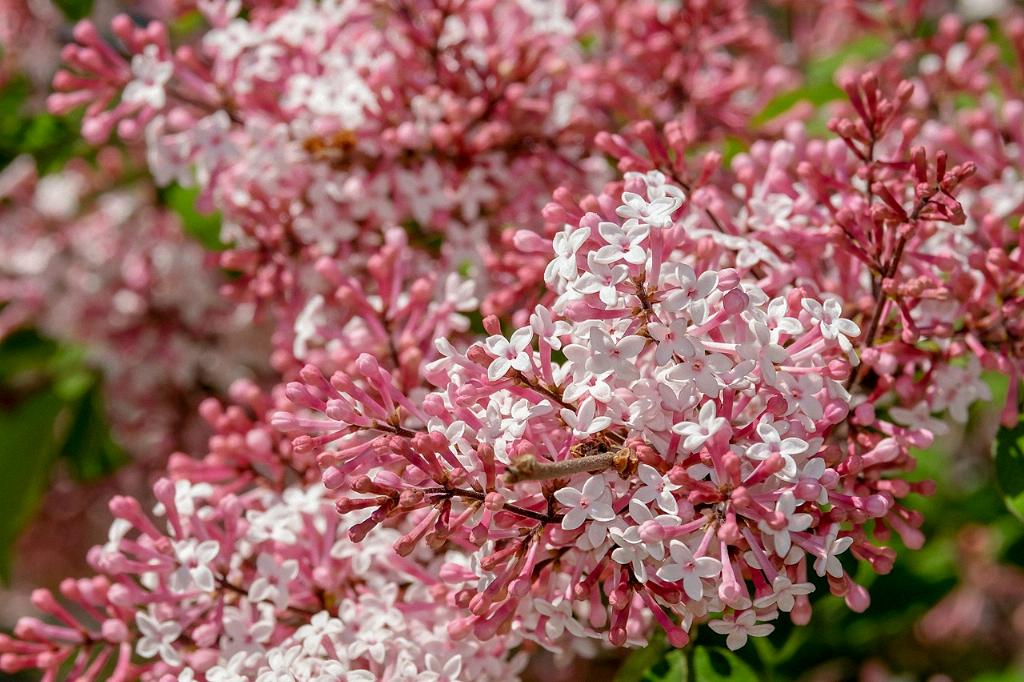Trimming a lilac plant at the right time is crucial to maintaining its health and promoting optimal blooming. In general, the best time to trim a lilac is immediately after it has finished flowering in the spring. This timing is essential because lilacs start setting the flower buds for the next year as soon as the current year’s flowers begin to fade. Cutting back the plant later in the year, such as in the summer or fall, can result in the removal of many or all of the potential blooms for the following year.
Factors to Consider When Trimming Lilacs
When deciding when to trim your lilac plant, there are a few key factors to keep in mind. Firstly, assessing the stage of flowering is crucial. Once the blooms have withered and are no longer vibrant, it’s a sign that the plant has completed its flowering cycle, making it an ideal time to prune. Similarly, monitoring the growth and overall health of the plant can also help determine the right time for trimming. If you notice any dead or diseased branches, it’s best to remove them promptly to prevent the spread of pathogens.
Benefits of Pruning Lilac Plants After Flowering
Pruning lilac plants right after they finish flowering offers several benefits. Firstly, it enhances the plant’s overall appearance by shaping it and removing any straggly or overgrown branches. This helps to maintain a neat and tidy appearance in your garden. Additionally, pruning can stimulate new growth and promote the development of strong, healthy branches. It also allows for better air circulation and sunlight penetration, which are essential for the plant’s overall health.
How to Properly Trim a Lilac Plant
When trimming a lilac plant, it’s important to follow the proper techniques to ensure the best results. Start by removing any dead, damaged, or diseased branches using sharp and clean pruning shears. Cut back any crossed branches to improve airflow within the plant. Additionally, you can selectively prune older branches to encourage new growth and maintain the plant’s shape. Avoid cutting back more than one-third of the plant’s total growth in a single pruning session to prevent stress on the lilac.
Common Mistakes to Avoid When Trimming Lilacs
While pruning lilac plants is essential for their health and vitality, there are some common mistakes to avoid. One of the most critical errors is trimming the plant too late in the season, which can result in the loss of next year’s blooms. Similarly, over-pruning the lilac by cutting back too many branches or removing too much growth can weaken the plant and hinder its ability to produce flowers. It’s essential to strike a balance between maintaining the plant’s shape and promoting new growth.
Final Thoughts
Knowing when to trim a lilac plant is crucial for its overall health and blooming potential. By pruning the plant immediately after it has finished flowering in the spring, you can ensure that it continues to thrive and produce beautiful blooms year after year. Remember to assess the plant’s growth, remove any dead or diseased branches, and follow proper pruning techniques to maintain a healthy and vibrant lilac in your garden.

